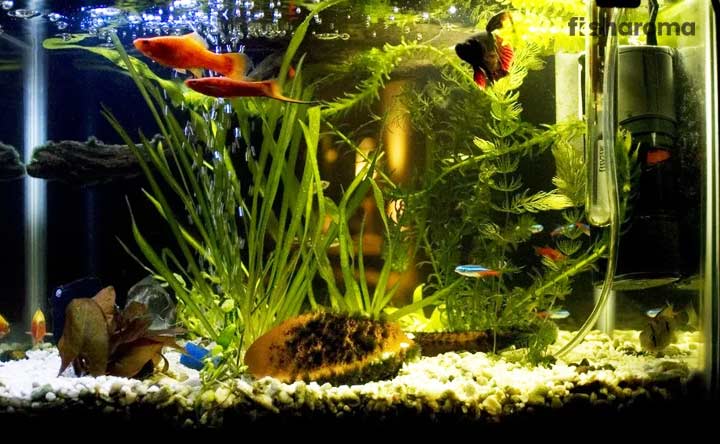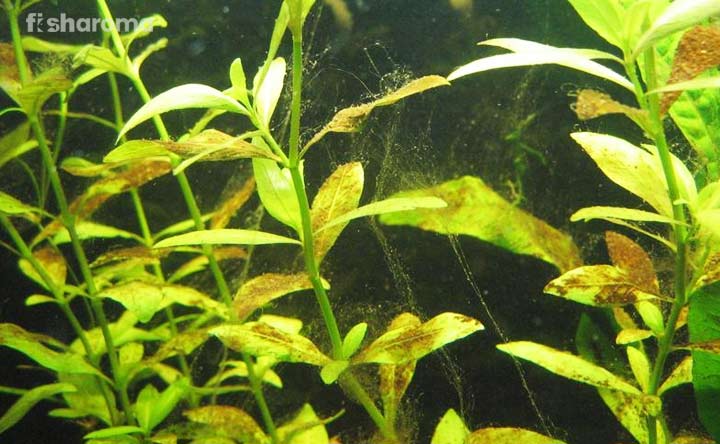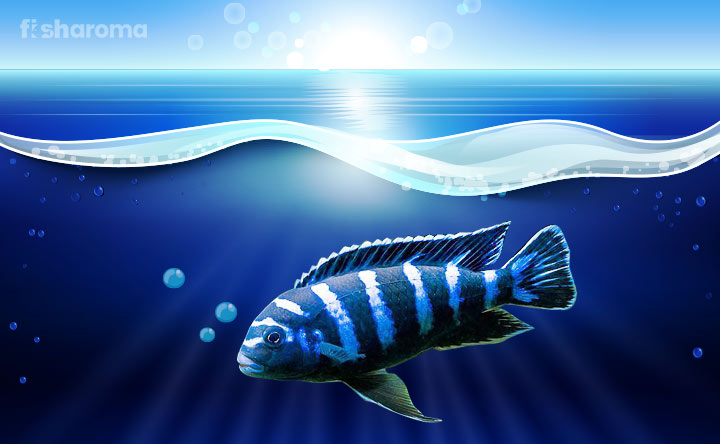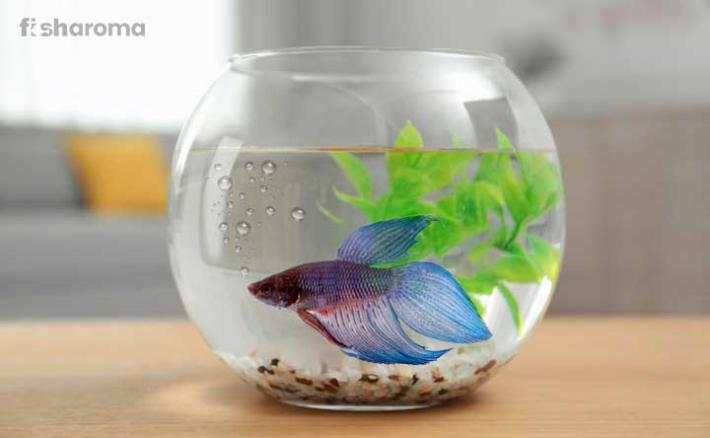How to a Conduct Nitrogen Cycle in an Aquarium?
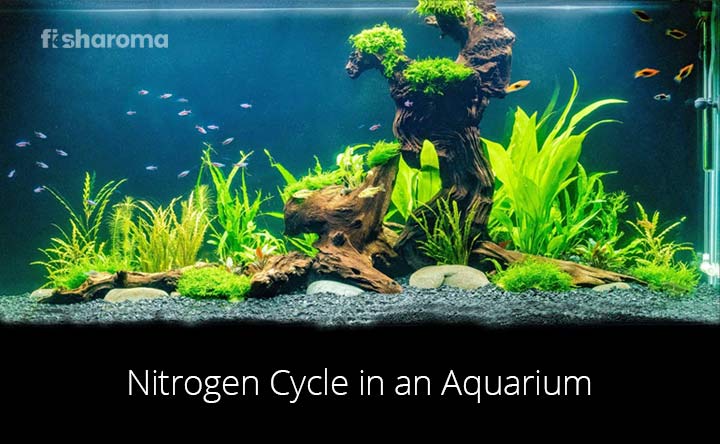
Without conducting the nitrogen cycle in your tank, you leave your aquatic pets vulnerable to poor health and ultimately death. Therefore, it is crucial that you perform it preferably before adding your pets to the tank.
To help you figure out how to do that, we have constructed a comprehensive guide for the same. We have even included a guide of how to conduct nitrogen cycle in a tank that already has fish. So, lets us gear up to create a safe and healthy environment for your aquatic pets.
What is Nitrogen Cycle?”
The waste materials excreted by your fish release ammonia into the water. This can be toxic and in due course, result in their death. Nitrogen cycle helps convert ammonia to nitrite, which is also toxic by nature. This nitrite is then converted to nitrate (non-toxic) with the help of the same cycle.
To put it simply, the nitrogen cycle establishes beneficial bacteria in your tank that helps in filtering media and creating a safe environment for your aquatic pets.
Don’t allow the level of nitrate to rise too much, else it will result in loss of appetite or colour and will lead to an algae bloom. Regular water replacement can solve this problem.
It takes anywhere between two weeks to two months to complete the nitrogen cycle. We suggest you buy an aquarium testing kit to check on the level of ammonia, nitrite, nitrate, and pH level.
The level of ammonia will first rise and then drop as the level of nitrite starts taking hold. Nitrate won’t appear until your aquarium has sufficient levels of nitrite. Once it reaches the correct level, you will notice nitrate forming, after which the level of nitrite will fall.
The moment you can no longer detect nitrite, that is the time you can assume that it is safe to add your fish to your aquarium.
Performing Nitrogen Cycle in a Fishless Tank
Conducting the nitrogen cycle in a fishless tank is the IDEAL way to do it as it doesn’t run the risk of your aquatic pets coming in contact with ammonia and nitrite. Although there are different ways to conduct the nitrogen cycle in a fishless tank, we are going to discuss the simplest technique here, which is very effective. Here’s how it is done.
- First of all, you need to get the ammonia started. But how do you do that in a fishless tank? Well, simply drop a few flakes of fish food into your tank. Keep on adding them in the same amount you would if you were feeding your fish. We recommend you do this every 12 hours. After that, wait for the food to decay, which will release ammonia into your tank.
- Next, with the help of a test kit, monitor the level of ammonia every few days. Ideally, the level of ammonia should be at least 3 ppm (parts per million). If it is less, add more food into the tank and wait for them to decay. Nitrosomonas will eventually grow and start consuming the ammonia. To counteract that, keep on adding more flakes whenever the level drops below 3 ppm. Keep on doing this for a week.
- After a week, it is now time for you to test for the level of nitrites. The moment you are able to detect nitrites in your tank, you would know that the cycle has begun. Continue to add food as you did in the previous steps.
- After doing it for a few weeks, you will start noticing the level of nitrite slowly starting to drop. This should signal you to test for the level of nitrate. If the level of ammonia and nitrite has dropped to zero, this is a sign of the cycle being completed. If the level of nitrate is above 40, then make some necessary water changes to bring the number down. Try and replace a portion of the water to see if it helps.
- Once you can see the level of ammonia or nitrite going to zero (or in other words, can’t detect them at all), then this is a sign that your tank is now a safe place to add fish. Don’t add a bunch of fish together. Make the process gradual. Introduce not more than a few fish together. Wait for least a week before adding another group of fish.
Before adding the fish, clean the substrate with siphon since some decaying food might still be trapped in there.
Performing Nitrogen Cycle in a Tank with Fish
Before we start, let us tell you that this is not an ideal way of conducting nitrogen cycle since having fish in your tank will expose them to ammonia and nitrite and many won’t be able to survive it.
Still, we are suggesting a way in case you have already bought your fish and put them in your tank. Still, avoid it as much as you can. Here’s how this can be done.
- It is ideal if you introduce those types of fish which produce a whole lot of wastes, but can also survive high levels of ammonia and nitrite long enough for beneficial bacteria to grow. Don’t add more than 1-2 fish per 10 gallons of tank water. Too many fish can cause ammonia spike, and thus kill everyone. Good choices here are that of Cherry Barb, Tiger Barb, Banded Gourami, Zebra Danio, Guppy, White Cloud, Pupfish, Pseudotropheus Zebra (Zebra mbuna), and most types of Minnows.
- Feed them once every two days and keep the size of the meal moderate. Don’t overfeed them. Too much supply of food can hike the level of ammonia.
- This step is mandatory here. In order to save your fish from the toxic elements, replace 25% of the water every 2-3 days. If you replace more than that, it will be difficult for the beneficial bacteria to colonize themselves. Don’t forget to add de-chlorinator as well to the tank water as chlorine/chloramine kills all types of bacteria.
- Test the level of ammonia and nitrate with the help of a kit. Once both these levels are at zero, you would then understand that the cycle is completed. You can then see the level of nitrite in your tank. Keep on testing every 2-3 days to make sure the place is safe for your aquatic pets.
- Once the cycle is completed, you can add in more fish on a weekly basis. As with the previous one, the adding of fish has to be gradual. Don’t add too many fish together.
How to Speed up the Process of Nitrogen Cycle?
It is ideal that you wait 6-8 weeks for the entire process to get completed. But, if you don’t have time, then you can use the following methods.
- Get a filter media from an already established tank as it will contain the nitrifying bacteria. It would be even better if the filter media is from a similar sized-tank or from a tank that has the same number of fish.
- You can also introduce gravel from an already established tank that uses an under-gravel filter, then it can speed up the nitrogen cycle. This is because the beneficial bacteria attach themselves to the gravel. For this, you need to take a cup of gravel and hang it in a mesh bag in your tank. You can also choose to lay those gravels on top of the existing gravel in your tank.
- Using live plants can help introduce bacteria to fasten the nitrogen cycle. Plants also help in moderating the levels of ammonia in a tank using a process known as protein synthesis. Fast-growing plants such as Hygrophila and Vallisneria are some of the best options here.
- You can also attach your new filter to an already established tank and allow it to run alongside the existing filter. This would result in the bacteria from the old tank to colonize your new filter. After a week or so, move your new filter (which has now become seasoned) to your new tank.
It should be noted that the biggest risk with the aforementioned steps is that of cross-contamination. Alongside the beneficial bacteria, some harmful pathogens may also get transferred to your new tank. So, unless you have a trusted and healthy established tank, we suggest you not to speed up the nitrogen cycle.
Tips for Avoiding Common Nitrogen Cycle Problems
While conducting the nitrogen cycle, you would invariably run into various problems. Here are some simple hacks for them.
Aquarium Cycle is not Starting
Usually, ammonia starts rising by day 3. However, in some cases, it might be day 5 too. If by day 5 you can’t detect ammonia, it might mean that either your test kit is faulty or there’s no source of ammonia or something is being eaten too quickly for the bacteria to flourish. Add more food or remove a couple of plants from the tank, if you have any.
Ammonia Level is not Lowering
This can be because either you are using chlorinated water or the pH level is too low. Cleaning the tank too much can also cause this. If the pH level is under 7, then ammonia will be in the form of ammonium which the bacteria can’t feed off on. Use a pH kit to increase its level. Make sure the water is not chlorinated. If it is, then use a de-chlorinator. Also, don’t clean your filter, gravels and décor items too frequently as these are the places where bacteria mostly reside in and cleaning them too much can eradicate their population.
Nitrate Level is not Rising
Similar to the aforementioned problem, it is likely due to the fact that there is not a situation for the bacteria to form in. To solve this issue, make sure that you are not cleaning your tank too vigorously. Using a de-chlorinator in your tank can also help here.
Ammonia Poisoning
If you are conducting the nitrogen cycle in a tank that already has fish, you run the risk of ammonia poisoning. Please ensure you look for the following symptoms in your fish:
- Loss of appetite
- Gasping for air at the water surface
- Inflamed gills, anus, or eyes
- Lethargy or lack of movement
- Staying at the bottom of the tank
- Red streaks in the fins
If you see these symptoms, immediately do water changes so that the level of ammonia goes down. Replace a large portion of the water each time to solve this.
Algae Bloom
Nitrogen cycle can lead to algae growth. Turning off the aquarium lights can help in this scenario. Make sure the lights are not on for more than ten hours a day. Using a CO2 injector can help here. Try and avoid over-fertilising your tank as well.
Summary
A nitrogen cycle is an essential process that is mandatory if you want to provide a healthy environment for your aquatic pets. We highly recommend you to conduct the process before adding the fish to your tank. This will ensure that your aquatic pets are not exposed to the toxic elements in the tank. So, try to have around 6-8 weeks in your hand to complete the nitrogen cycle before buying the fish. Although there are various ways of speeding up the process of the nitrogen cycle as we have mentioned above, don’t resort to them unless it is absolutely needed.
Similar Fishkeeping Articles
Take a look into some significant information related to fishkeeping that might help you.
- Best Aquarium Thermometers – Sneak a peek into our review of the best aquarium thermometers in the market that will help you keep the temperature of the tank water stable.
- How to maintain a 75-Gallon Tank? – Maintaining a large-sized tank like this can be hectic. But not when you have our guide by your side.
- Types of Aquarium Algae – Learn about the most common types of aquarium algae and how to get rid of them from this space.




